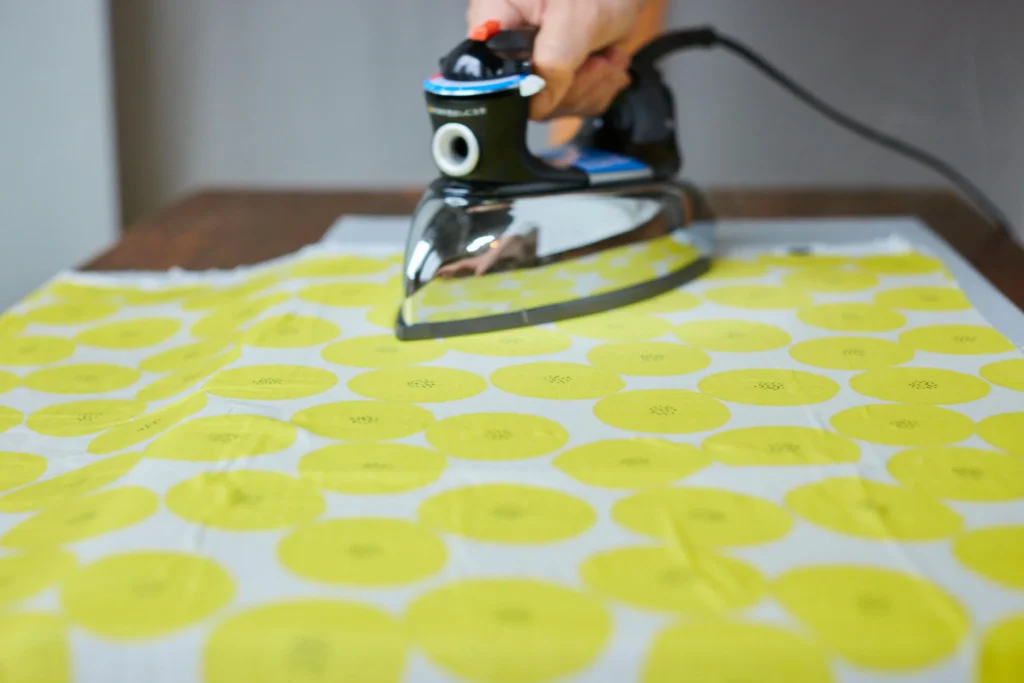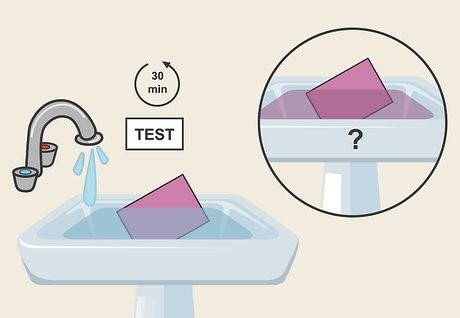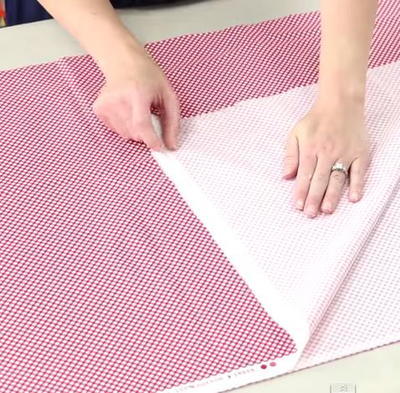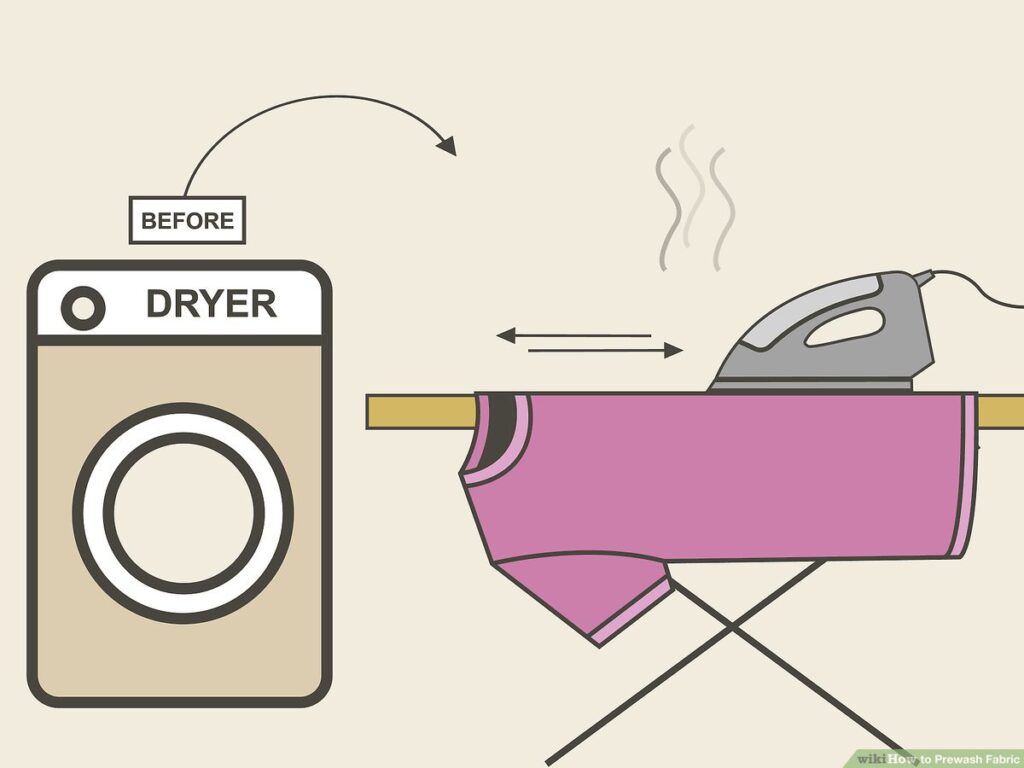Pre-shrinking fabric is an essential step in the garment-making process to prevent unwanted shrinking after the final product is created. Whether you’re a seasoned seamstress or a novice crafter, the steps involved in pre-shrinking can save you from a lot of headaches down the line.
Fabric pre-shrinking, also known as fabric conditioning, is the process of treating fabric to reduce its tendency to shrink when washed or exposed to moisture. Shrinkage occurs when the fabric fibers contract, causing the material to become smaller. By pre-shrinking fabric before cutting and sewing, you can ensure that your finished garment maintains its size and shape throughout its lifespan.
Importance of pre-shrinking fabric
Pre-shrinking is crucial for ensuring that your garments fit properly and retain their shape after laundering. Without pre-shrinking, the fabric can shrink unpredictably, leading to misshapen clothes and uneven seams. Pre-shrinking helps to remove any residual chemicals or finishes from the fabric, improving its texture and drape.
Types of Fabrics That Require Pre-shrinking
Not all fabrics require pre-shrinking, but certain types are more prone to shrinking than others. Common fabrics that benefit from pre-shrinking include cotton, linen, and wool. These natural fibers tend to shrink when exposed to water and heat, making pre-shrinking essential for maintaining the integrity of the fabric.
Cotton
Cotton is notorious for shrinking, especially in hot water or high heat. Pre-shrinking cotton fabric involves washing it in hot water and drying it on high heat before cutting and sewing.
Linen
Linen fabric can also shrink when exposed to moisture. To pre-shrink linen, steam ironing is often recommended. This helps relax the fibers and minimize shrinkage.
Wool
Wool is another fabric that requires special care to prevent shrinking. Professional dry-cleaning is the preferred method for pre-shrinking wool fabric, as it avoids exposure to water and heat, which can cause felting and distortion.
In this guide, I will explore the essential steps involved in pre-shrinking fabric.
Step 1: Selecting the Right Fabric
The first step in pre-shrinking fabric is selecting the appropriate material. Natural fibers such as cotton and wool are prone to shrinking, while synthetic fibers like polyester and nylon are more stable. Choose a fabric that suits your garment’s requirements and washing instructions.
Step 2: Washing the Fabric
Once you’ve chosen the fabric, it’s time to wash it. Use the same method and temperature that you plan to use when washing the finished garment. This ensures that the fabric shrinks uniformly and avoids any surprises later on.
Step 3: Drying the Fabric
After washing, carefully dry the fabric according to the manufacturer’s instructions. Avoid high heat settings, as this can cause excessive shrinking. Instead, opt for air drying or low heat settings to gently dry the fabric.

Step 4: Steaming
Steam ironing is effective for pre-shrinking delicate fabrics like linen and wool. By applying steam to the fabric, you can relax the fibers and reduce the likelihood of shrinkage during subsequent washings.
Step 5: Chemical Treatments
Some fabrics may benefit from chemical treatments to prevent shrinking. However, these treatments should be used with caution and according to manufacturer instructions to avoid damaging the fabric or affecting its properties.
Step 6: Ironing (Optional)
Iron the fabric after it has dried to remove any wrinkles if necessary. However, be cautious not to use high heat, as this can undo the pre-shrinking fabric process. Use a low heat setting or iron the fabric while it’s still slightly damp for best results.

Step 7: Testing the Shrinkage
Before using the pre-shrunk fabric for your garment, testing its shrinkage is essential. Measure the fabric before and after pre-shrinking to determine the percentage of shrinkage. This helps you adjust your pattern and design accordingly.
Step 8: Cutting and Sewing
Once you’ve pre-shrunk the fabric and confirmed its shrinkage percentage, you can proceed with cutting and sewing your garment. Account for any shrinkage in your pattern to ensure a perfect fit.
Step 9: Final Washing
After completing the garment, it’s wise to give it one final wash to remove any remaining shrinkage. Follow the washing instructions provided with the fabric to maintain its quality and integrity.
Step 10: Bonus Tips
- Test for shrinkage on a scrap: If you’re unsure about the fabric’s shrinkage potential, cut a small swatch and pre-wash it to see how much it shrinks.
- Wash dark fabrics separately: The first wash of pre-shrunk fabric might release some dye. Wash dark fabrics separately to avoid bleeding onto lighter ones.
Preparation Before Pre-shrinking
Before pre-shrinking fabric, it’s essential to take certain precautions to ensure the best results.
Checking Fabric Care Labels
Always check the care labels on your fabric to determine the recommended pre-shrinking method. Some fabrics may be pre-shrunk by the manufacturer, while others require special care to prevent damage.
Testing for Shrinkage
Before pre-shrinking a large piece of fabric, it’s a good idea to test a small sample to gauge how much shrinkage to expect. This can help you adjust your pre-shrinking method accordingly.

Calculating Shrinkage Percentage
If you’re working on a garment with specific sizing requirements, it’s helpful to calculate the expected shrinkage percentage before pre-shrinking. This will ensure that you cut and sew the fabric to the correct dimensions.

Pre-shrinking Process for Different Fabrics
The pre-shrinking fabric process may vary depending on the type of fabric you’re working with.
Cotton: Washing in Hot Water
For cotton fabric, pre-shrinking involves washing it in hot water and drying it on high heat. Be sure to use a gentle detergent and avoid overcrowding the washer to ensure uniform shrinkage.
Linen: Steam Ironing
Linen fabric can be pre-shrunk by steam ironing. Simply dampen the fabric with water and use a steam iron to apply heat and moisture evenly across the surface.
Wool: Professional Dry Cleaning
The wool fabric should be pre-shrunk through professional dry cleaning to avoid felting and distortion. Be sure to choose a reputable dry cleaner with experience handling wool garments.

Tips for Effective Fabric Pre-shrinking
To achieve the best results when pre-shrinking fabric, consider the following tips:
Use a Gentle Detergent
Opt for a mild detergent that won’t strip the fabric of its natural oils or finishes.
Avoid Overcrowding in the Washer
Allow enough space for the fabric to move freely in the washer to ensure uniform shrinkage.
Follow Manufacturer Instructions
Always follow the manufacturer’s instructions for pre-shrinking fabric to avoid damaging the material or affecting its properties.

Common Mistakes to Avoid
Avoid these common pitfalls when pre-shrinking fabric:
Skipping Pre-shrinking
Skipping the pre-shrinking process can lead to unpredictable shrinkage and misshapen garments.
Using the Wrong Method
Using the wrong pre-shrinking method for your fabric can result in damage or distortion.
Ignoring Fabric Characteristics
Ignoring the characteristics of your fabric can lead to improper pre-shrinking and disappointing results.
Benefits of Pre-shrinking
Pre-shrinking fabric offers several benefits:
Prevents Garment Distortion
By pre-shrinking fabric before cutting and sewing, you can prevent distortion and ensure that your garments maintain their intended shape.
Ensures Consistent Sizing
Pre-shrinking fabric helps to establish consistent sizing, reducing the risk of garments shrinking unevenly after laundering.
Improves Fabric Stability
Pre-shrinking removes residual chemicals and finishes from the fabric, improving its stability and longevity.
FAQs
How do I know if my fabric needs pre-shrinking?
If your fabric is made of natural fibers like cotton, linen, or wool, it’s a good idea to pre-shrink it to prevent unwanted shrinkage after laundering.
Can I skip pre-shrinking if I’m in a hurry?
While it’s tempting to skip pre-shrinking to save time, doing so can result in misshapen garments and uneven seams. It’s best to take the time to pre-shrink your fabric properly.
What should I do if my fabric shrinks too much during pre-shrinking?
If your fabric shrinks more than expected during pre-shrinking, you may need to adjust your cutting and sewing plans to accommodate the smaller size.
Can I pre-shrink the fabric after sewing the garment?
Pre-shrinking fabric before cutting and sewing is ideal, but if you’ve already sewn the garment, you can still pre-shrink it using methods like steam ironing or gentle washing.
How often do I need to pre-shrink fabric?
The fabric typically only needs to be pre-shrunk once before it’s cut and sewn into a garment. However, if you’re working with a particularly delicate fabric, you may choose to pre-shrink it multiple times to ensure minimal shrinkage.
Conclusion
Pre-shrinking fabric is a vital step in garment manufacturing, ensuring that your creations maintain their shape and size over time. By following these simple steps, you can pre-shrink fabric effectively and produce high-quality garments that stand the test of time. And you can ensure your fabric is prepped and ready for sewing. Preshrinking takes minimal time and effort but will save you from frustration and wasted materials down the line.
